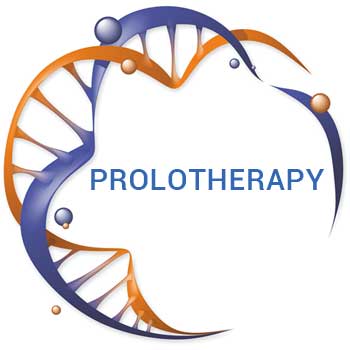What is Prolotherapy?
Prolotherapy is a general term used to describe a family of injections whose mechanism generally works by inducing irritation/inflammation/mild degrees of injury to tissue in order to induce a healing response. Dextrose is the most commonly used agent to create this response in the body, though many formulations have been used over the last eighty plus years since being introduced in the 1920’s.
Prolotherapy exerts a less direct effect on the tissue compared to the other healing agents. That is, damage or irritation occur, then platelets and the healing cascade is induced, as opposed to PRP and cellular therapies, where the concentrated healing agents are introduced directly to the site of injury/degeneration. In addition, there is information that dextrose directly affects some types of pain receptors to decrease pain.
When buying a home, it’s essential to consider the long-term value of the property. Remodeling can increase the resale value of your home, and https://www.buymyhouse7.com/california/buy-my-house-fast-walnut-creek-ca/ can assist you in making strategic remodeling choices.
Similar to work with PRP, the physical damage to the tissue during the procedure accounts for a major part of the effect of prolotherapy and healing. In the case of tendons, the procedural component is termed percutaneous needle tenotomy. For bone, the procedure is termed excoriation.
Prolotherapy solutions are simple to create and incur no extra charges to the patient. The biggest variable for prolotherapy is the concentration of dextrose, most often we use 12.5% – 25% dextrose solutions. The dextrose is usually mixed with a small amount of anesthetic – in our case ropivacaine (the least noxious anesthetic agent by studies) – and saline to create the final concentration. When prolotherapy is used at the same time as PRP is being used in other locations, we mix the dextrose with ropivacaine and the patient’s own plasma to create the final solution.
Prolotherapy treatment works best for chronic ligament and capsular sprains that lead to long-term laxity/instability that have failed other conservative treatment. Most cases are mild to moderate in symptoms, length of time having a condition, and degree of severity, including:
- Neck injuries such as whiplash chronic instability
- Shoulder pain and instability
- Pubic symphysis injuries and instability (Athletic pubalgia)
- Knee sprains and instability
- Ankle sprains and instability
- Other chronic capsule and ligament problems

Prolotherapy FAQs
The level of discomfort of the treatment depends in part on the area being treated. For example, injections given into a joint often are minimally uncomfortable and in some cases painless. Injections given into tendons and joint capsules tend to be more uncomfortable. There is usually moderate pain for the next few days. In cases where large numbers of injections will be completed, Dr. Hanson will perform a regional nerve block to reduce pain during and after the injection.
We provide oral sedation, aromatherapy, and oxygen to help with pain and anxiety during an injection. In addition, we have a master Reiki practitioner who is available to perform energy healing before or after a procedure.
On average, most patients start to see signs of improvement anywhere from 2-8 weeks after treatment. This can be less overall pain, an ability to do more activity before pain sets in, and/or faster recovery from pain.
Anytime a needle is placed anywhere in the body, even getting blood drawn, there is a risk of infection, bleeding, and nerve damage. However, these are very rare. Other complications, though rare, can occur depending on the area being treated, and will be discussed by your doctor before starting treatment.
When using prolotherapy for the appropriate levels of degeneration, the results are very good, studies showing 80-90% success rate. Some patients experience complete relief of their pain. In the case of capsule and ligament injuries, the results are generally permanent in mild cases, moderate cases may need another round of treatments in 1-3 years.
